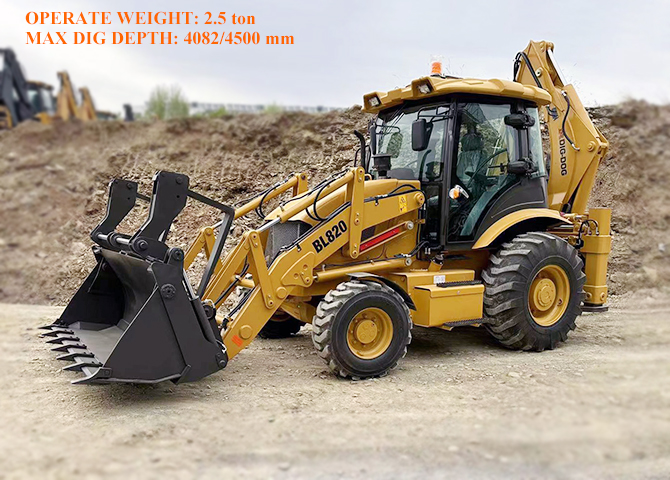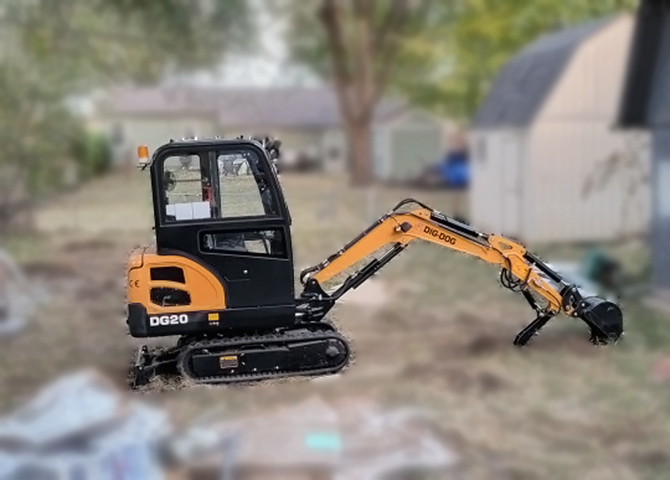In construction, amphibious excavator is a kind of multi-purpose excavator suitable for soft ground and shallow water conditions.
Amphibious excavators are widely used in water conservancy projects, river and lake dredging, urban and rural construction, marsh and mudflat resource development, environmental cleaning, etc.
In construction, amphibious excavator is a kind of multi-purpose excavator suitable for soft ground and shallow water conditions. In order to safely walk and work on mud and water, the mobile device uses a multi-body floating groove structure and sealed box track shoes. Improved ultra-long working arm and efficient turning mechanism ensure the quality of operation and excavation efficiency.Spacious driving area and concise audio-visual warning system improve the convenience and comfort of driving. The use of advanced hydraulic system and power system equipment for scientific and fair matching, while maintaining the efficiency and economic unity, can simply realize the compound operation.
Small-scale manufacturing companies are rare in China, and similar companies can be found competing with Chinese rivals in other countries, such as Germany and Japan.
Amphibious excavators are able to work in shallow water up to 1m deep, meaning they can work in shallow water without worrying about getting entangled or sinking when entering deeper waters.
Air vehicles and amphibious vehicles can transport people and equipment to and from work sites on terrain too soft to walk on and too thick to float safely. Although the device is most common in the vast coastal swamps of the Southern United States, its uses are virtually limitless. Environmental clean-up operations, for example, could benefit significantly from the use of this technology. In addition to the previously mentioned benefits of reducing the need for expensive temporary roads, amphibious equipment has the potential to improve crew safety. As wetlands are notorious for sinkholes, changing water levels, and the number of protective reptiles, these robots will provide sturdy work platforms and safe transportation in unsafe environments. The platform can be used for sand and capping operations, as well as excavation and grading operations.
Applications in the Industrial Sector
While common sense implies that amphibious devices are primarily useful in the Southern United States, where there are large wetlands, they may be beneficial in other situations. Projects along coasts, river beds and previously flood-affected sites are excellent for reducing costs with amphibious equipment. Amphibious equipment can be used effectively to perform a wide range of tasks in a variety of applications, such as flood and disaster recovery efforts, oil and gas drilling, environmental remediation, and various construction projects, such as laying pipelines, levees, and roads.
The most suitable equipment for environmental dredging is also amphibious equipment. Dredging is sometimes hampered by the depth of shallow water, where excavators get stuck quickly or have limited operating range. As a result, operators don't have to worry about getting too close or too far to the water's edge, as the amphibious device can float on water and also drive on land. Because the track is wide and light, ground pressure is low, while larger equipment can cause deep track ruts and ground ruts. In addition, the ability to instantly connect the dredger pump to the excavator provides the most efficient speed of movement and production.
 How To Choose The Right Compact Wheel Loader
How To Choose The Right Compact Wheel Loader
 How Much Does a Forklift Weigh?
How Much Does a Forklift Weigh?
 How Much Does a Backhoe Weigh
How Much Does a Backhoe Weigh
 How Much Does a Mini Excavator Weigh
How Much Does a Mini Excavator Weigh